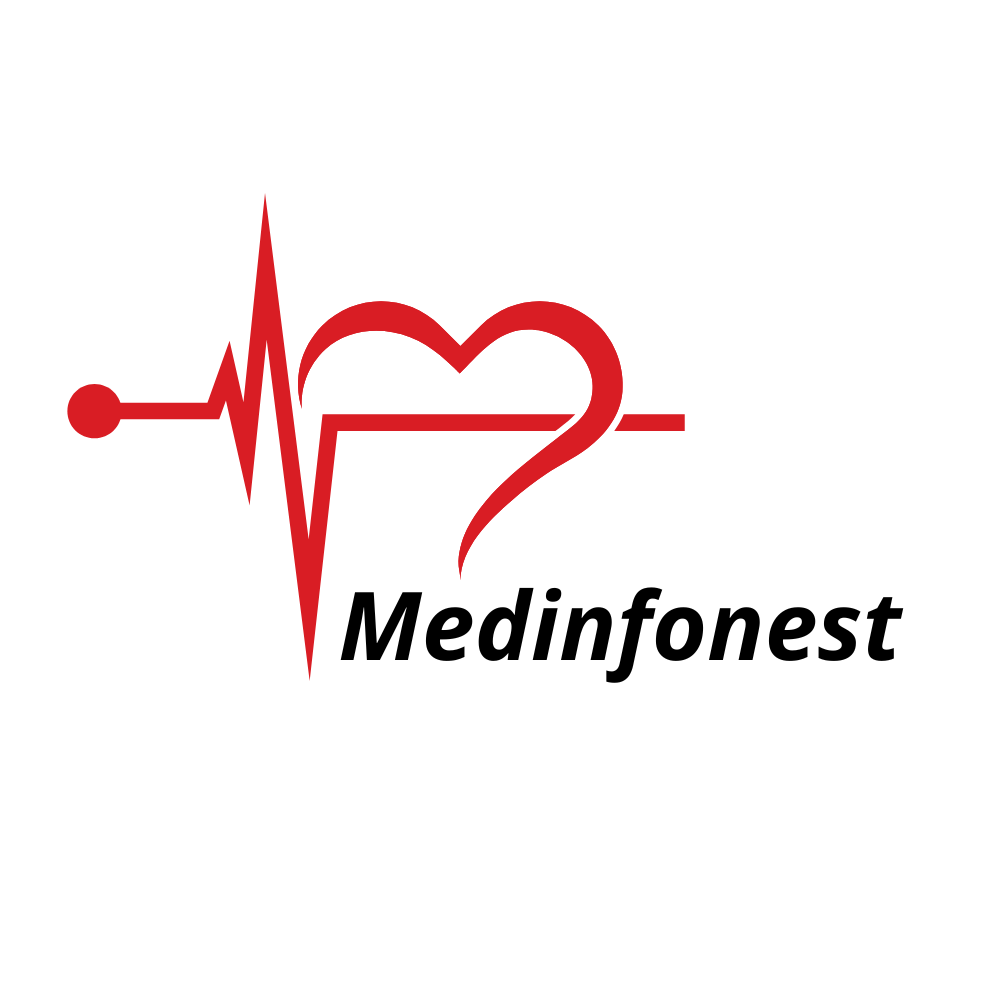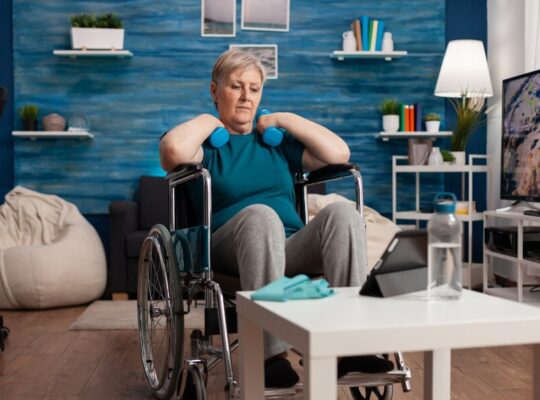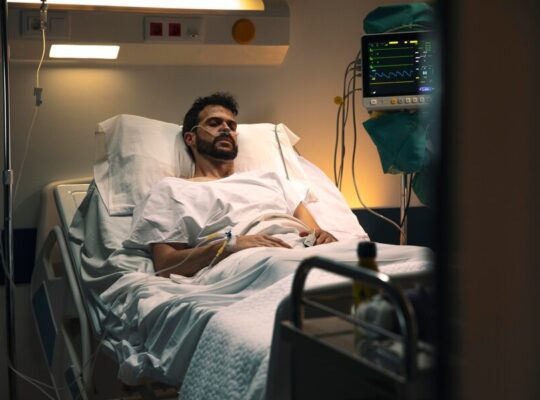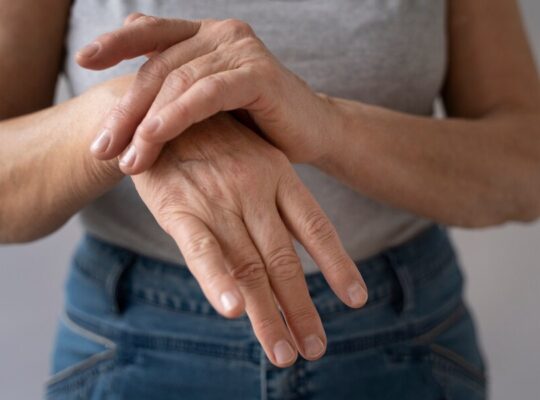What Is a Stroke?
A stroke, also known as a cerebrovascular accident (CVA), occurs when blood circulation to the brain is cut off by a clot or a bursting vessel. Without blood, brain cells cannot work properly, leading to tissue death. The main cause, high blood pressure or hypertension, usually damages blood vessels over time. Many people also develop hypertension and chronic kidney disease (CKD); therefore, getting a check-up to determine your blood pressure early is advisable if you want to avoid the catastrophic damages high blood pressure can cause, such as stroke.
Types of Stroke
There are three main types of strokes:
- Ischemic Stroke: This most frequent form occurs due to a blockage in a brain artery by a clot.
- Hemorrhagic Stroke: Caused by a blood vessel rupture within the brain.
- Transient Ischemic Attack (TIA): Known as a mini-stroke, it involves a temporary blockage of blood vessels lasting from minutes to several hours.
Symptoms of Stroke
Stroke symptoms often appear suddenly and may include:
- Sudden numbness or weakness of the face, arm, or leg, typically on one side of the body.
- Confusion or trouble speaking.
- Vision problems in one or both eyes.
- Trouble breathing, difficulty walking, dizziness, or loss of balance.
Strokes are dangerous and require immediate attention to reduce damage. Recognizing the signs early and seeking medical help can significantly impact the outcome.
Causes and Risk Factors
While anyone can suffer a stroke, certain risk factors increase the likelihood, such as:
- High blood pressure: The second most common cause of strokes, modifiable through medication and lifestyle changes.
- Heart disease: Conditions like atrial fibrillation increase stroke risk.
- Diabetes and CKD: Both conditions can damage blood vessels, increasing stroke risk.
- Lifestyle factors: Smoking, a high-cholesterol diet, a sedentary lifestyle, and poor diet increase stroke risk.
Stroke-Related Symptoms & Causes
Patients with conditions like high anion gap and cholesterol issues should be especially cautious. Adhering to a cholesterol-lowering diet can help. Other conditions, such as peritoneal dialysis, prescribed for kidney failure, can increase stroke risk. Regular check-ups for these conditions are crucial for managing and potentially reducing stroke risk.
Prevention: Steps You Can Take
Stroke prevention often involves managing risk factors. Here are some key strategies:
- Adopt a Healthy Diet: Focus on nutrient-rich foods like vegetables, fruits, whole grains, and lean proteins. Including foods rich in vitamins, as discussed in Vitamins for Digestion, can support overall health.
- Exercise Regularly: Regular exercise improves circulation, helps manage weight, and reduces blood pressure. Techniques like breathing in or out exercises and strengthening exercises for your biceps and back can be beneficial.
- Quit Smoking and Limit Alcohol: Both smoking and excessive alcohol consumption damage blood vessels, increasing stroke risk.
- Manage Chronic Conditions: Regularly check your blood sugar, blood pressure, and kidney function. A cholesterol-lowering diet also lowers stroke risk.
- Regular Check-ups: Tests like a kidney biopsy can identify kidney issues that may elevate stroke risk.
Treatment for Stroke
Immediate treatment is crucial to minimize the impact of a stroke. Here are treatment options based on stroke type:
Ischemic Stroke Treatment
For ischemic strokes, which account for about 87% of cases, quick action to clear the blockage is essential:
- Clot-dissolving Medication: Medications like tissue plasminogen activator (TPA) help dissolve clots and restore blood flow.
- Mechanical Thrombectomy: In severe cases, a catheter is used to physically remove the clot.
Hemorrhagic Stroke Treatment
Hemorrhagic strokes involve brain bleeding and require a different approach:
- Surgery: Surgery may be necessary to relieve pressure or repair a damaged vessel.
- Medications: Blood pressure medications can help control bleeding and prevent further damage.
Rehabilitation is a crucial part of recovery, helping patients regain lost skills. Therapies for conditions such as shoulder pain are important for restoring movement to affected areas.
Life After a Stroke
Living post-stroke can be challenging, but effective rehabilitation can help. Physical therapists play a vital role in helping patients regain movement and muscle strength. Rehabilitation programs may include specific exercises for muscle control, like those used in treating low back pain or runner’s knee.
Mental health services are equally important for stroke survivors. Emotional support and psychiatric care, such as bipolar disorder treatment or therapy for narcissistic behavior, may be necessary. Physical activities, like a morning walk or an evening walk, are beneficial for mental and physical well-being.
FAQs
1. Which type of stroke occurs most frequently?
Ischemic stroke is the most common type, accounting for the majority of cases.
2. Can strokes be prevented?
Yes, lifestyle changes, controlling chronic conditions, and regular health check-ups can significantly lower stroke risk.
3. What should you do if you think you’re having a stroke?
Immediately call emergency services. Quick intervention can improve outcomes.
4. How does diet affect stroke risk?
A diet rich in vitamins, fiber, and low in cholesterol and salt helps improve cardiovascular health and reduces stroke risk.
5. Can exercise lower stroke risk?
Yes, regular physical activity helps control weight and blood pressure, which are key factors in stroke prevention.
6. Is there a link between diabetes and stroke?
Yes, diabetes can damage blood vessels, increasing the risk of stroke.
7. What’s the difference between a TIA and a stroke?
A TIA, or mini-stroke, is a temporary blockage that doesn’t cause permanent damage but signals a future stroke risk.
8. How is an ischemic stroke treated?
Treatments include clot-dissolving medications and surgeries to reopen blocked vessels.
9. Is stress a risk factor for stroke?
Yes, chronic stress can lead to high blood pressure, increasing stroke risk. Activities to manage stress and anxiety are beneficial.
10. How can knowledge about stroke help?
Understanding risk factors enables individuals to make lifestyle changes and decrease stroke risk.
Awareness, prevention, and quick action are key to managing strokes and their consequences. Strokes can be life-altering, but with prompt care and ongoing lifestyle changes, a fulfilling life is still possible.
